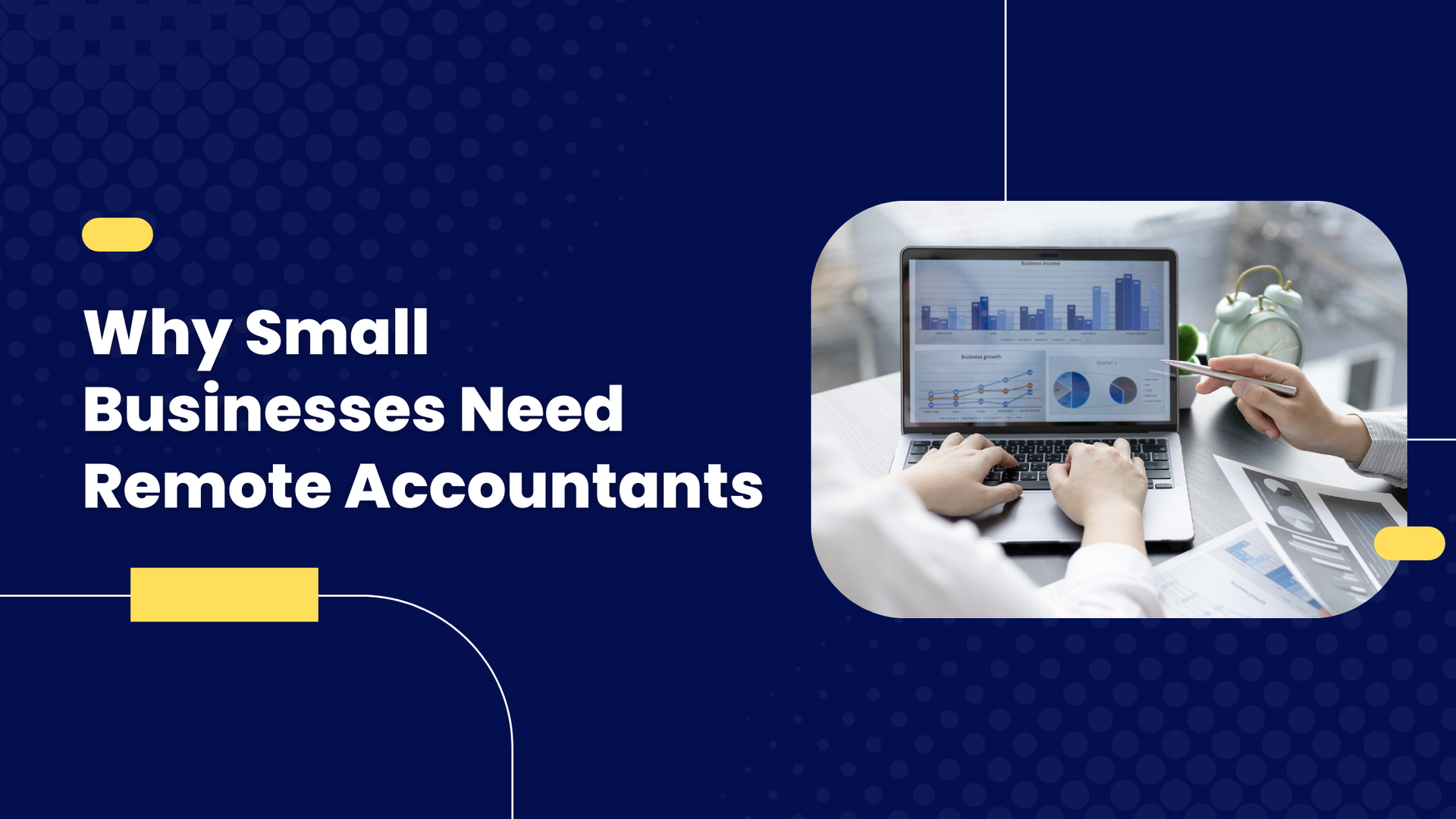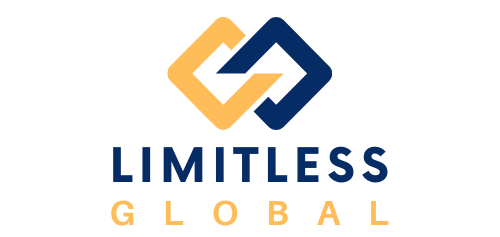2025 Tax Changes Every Small Business Owner Should Know
Limitless Global • October 20, 2025
As 2025 unfolds, new IRS adjustments and policy shifts are changing how small business owners plan, spend, and file

(This article is for informational purposes only and not intended as tax, legal, or financial advice.)
This guide highlights the most important 2025 tax changes for small businesses, from deduction limits to retirement contribution increases and evolving federal credits.
1. Federal Income Tax Brackets Adjusted for Inflation
Every year, the IRS adjusts federal income tax brackets to reflect inflation. For 2025, thresholds rose across all filing statuses. This means some business owners may pay slightly less in effective tax—especially those who report income through pass-through entities such as LLCs or S-Corporations.
Why it matters:
If your business profits increased last year, the new brackets could impact your quarterly estimated tax payments. Updating your projections early in the year can prevent underpayment penalties and keep your cash flow predictable.
2. Section 179 Deduction and Bonus Depreciation Updates
The popular Section 179 deduction—which lets businesses deduct the full cost of eligible equipment and software in the year they’re purchased—was increased to $1.25 million for 2025, with a phase-out threshold of $3 million.
Meanwhile, bonus depreciation continues its gradual phase-down, dropping from 80% in 2023 to 60% in 2025. This still allows businesses to expense a large portion of new or used assets such as machinery, vehicles, and technology in the first year of service.
What you can do:
If you plan to upgrade equipment or invest in new software, doing so before the end of 2025 may provide a stronger deduction opportunity.
3. Standard Mileage Rate Increased to 68 Cents
The IRS business mileage rate rose to 68 cents per mile in 2025. This affects any business use of personal or company vehicles—including travel to client sites, deliveries, or project visits.
Quick reminder:
Always keep a contemporaneous mileage log; vehicle deductions are among the most frequently reviewed by auditors.
4. Retirement Contribution Limits Are Higher
Saving for retirement remains one of the smartest tax strategies for entrepreneurs. The IRS raised several contribution limits this year:
- 401(k) – $23,500 (up from $22,500)
- Catch-up (age 50 +) – $7,500
- SEP IRA – Up to 25% of compensation, capped at $69,000
- SIMPLE IRA – $16,500
Why this matters:
Retirement contributions reduce taxable income and help business owners offset rising self-employment tax. For companies offering plans, these changes also enhance recruiting and retention benefits.
5. Health Savings Account (HSA) Limits Increased
For those with high-deductible health plans (HDHPs), HSA contribution limits rose again in 2025:
- $4,300 for individuals
- $8,550 for families
- $1,000 catch-up for those 55 +
HSAs remain a triple-tax-advantaged savings tool—contributions, investment growth, and qualified withdrawals are all tax-free. Employers can also use HSAs to make benefits packages more competitive.
6. Research & Development (R&D) Expense Rules Still in Effect
Businesses performing research, software development, or product innovation are still impacted by the R&D capitalization rule introduced in 2022. Costs must be amortized over five years, rather than expensed immediately.
While Congress continues to debate restoring full expensing, the rule remains unchanged for 2025.
If your business invests heavily in innovation, work closely with your accountant to manage the timing of deductions.
7. New Energy & Clean Vehicle Credits
The Inflation Reduction Act (IRA) continues to drive new opportunities for small businesses investing in sustainable operations.
- Commercial clean vehicles may qualify for tax credits up to $40,000 per vehicle.
- Energy-efficient building improvements (lighting, HVAC, insulation) may qualify under Section 179D.
Why it matters:
These credits can significantly reduce the cost of transitioning to greener fleets or facilities while supporting your company’s sustainability goals.
8. Payroll Tax & Social Security Threshold Updates
The Social Security wage base—the maximum amount of income subject to the 6.2% employer and employee FICA taxes—rose to $174,000 in 2025 (up from $168,600).
Action item:
Ensure your payroll system reflects the new limits to avoid discrepancies in federal reporting. Employers should also verify state unemployment and disability insurance thresholds, which may have changed independently.
9. State-Level Tax and Filing Changes
Several states introduced new digital filing mandates, expanded small-business credits, and updated sales-tax nexus rules for online sellers.
If you operate across multiple states—or collect sales tax via e-commerce platforms—it’s crucial to review each state’s 2025 guidance. Many now require digital submission of forms and faster payment timelines.
10. Inflation Reduction Act Incentives
In addition to clean energy benefits, the IRA expanded certain credits for businesses offering renewable energy solutions, EV infrastructure, and energy-efficient upgrades.
For construction, hospitality, and manufacturing firms, these incentives could offset project costs by 10–30%. Talk with a professional to verify qualification criteria before investing.
The Bottom Line: Prepare Now for 2025 and Beyond
The 2025 tax landscape brings opportunities—but also greater complexity. From increased deduction limits to evolving energy and payroll rules, staying proactive can protect profits and reduce surprises next filing season.
- Action steps for small business owners:
- Review year-to-date income under the new brackets.
- Maximize Section 179 and retirement contributions before December 31.
- Audit payroll systems for the new FICA threshold.
- Document vehicle mileage, R&D, and equipment purchases carefully.
- Consult a qualified CPA or tax advisor to personalize these strategies.
Partner with With Tax Experts Who Understand Small Business
At Limitless Global,
our tax consultants have spent years helping small business owners navigate complex regulations, uncover overlooked deductions, and build strategies that keep more money working inside their business. Whether you’re preparing for year-end, exploring new credits, or simply want clarity on where to start, our team can help you make confident, informed decisions.
Your business deserves more than a one-size-fits-all tax plan—it deserves a partner who understands how to maximize your situation today while positioning you for long-term growth.
Let’s talk about your 2025 tax strategy—contact Limitless Global today.
Limitless Newsroom

A remote accountant gives you senior-level outsourced accounting services without the full-time overhead—so you get clean numbers, faster closes, and decision-ready reports that actually move the needle. If you’re evaluating small business accounting support, this guide shows how Limitless Global delivers clarity, control, and cost efficiency. What is a remote accountant (and why it matters now)? A remote accountant is a finance professional who manages your core small business accounting operations—bookkeeping oversight, month-end close, AP/AR, payroll coordination, sales tax, and management reporting—entirely online. In 2025, that also means owning automations, enforcing controls, and turning your data into insights leadership can use. Here's what we handle: Month-end close & reconciliations: Bank/credit card, revenue/COGS, deferred revenue, accruals. AP/AR & cash flow: Bill pay workflows, collections cadence, 13-week cash forecasting. Sales tax & compliance: Nexus monitoring, filings coordination, audit-ready documentation. Management reporting: P&L, balance sheet, cash flow, variance analysis, KPI dashboards. Systems & automations: Cloud accounting, receipt capture, expense, AP, and payroll tools. Controls & reviews: Segregation of duties, approval thresholds, audit trails, vendor onboarding. How outsourced accounting services work (our remote workflow) 1. Kickoff & diagnostics (Week 1–2): Chart of accounts cleanup, tool review, data access, risk scan. 2. Stabilize & standardize (Weeks 3–6): Close calendar, reconciliations, AP/AR workflows, dashboard baseline. 3. Optimize & forecast (Weeks 7–12): KPI pack, cash model, variance cadence, roles/permissions, SOPs. 4. Run & refine (ongoing): 5–7 business-day close, monthly reporting call, quarterly planning. Security first: Role-based permissions, MFA on all finance tools, vendor verification, and documented SOPs ensure control without friction. Benefits of hiring a remote accountant for your small business Time back for growth: Offload bookkeeping and close so leaders focus on customers and revenue. Higher accuracy: A second set of expert eyes reduces errors, duplicates, and missed filings. Lower total cost: Pay for the scope you need; scale up/down as complexity changes. Real-time visibility: Dashboards and variance insights you can act on—no more guesswork. Risk reduction: Proper approvals, audit trails, and compliance workflows resist fraud and fines. When to bring in outsourced accounting services Your close takes 10+ business days or reports don’t tie out. You’re adding SKUs, channels, or entities and need stronger controls. Sales tax, payroll, or revenue recognition is getting complex. You need cash runway visibility and a reliable 13-week cash model. A lender, investor, or audit is on the horizon. 2025 accounting trends small businesses should leverage AI-assisted bookkeeping: Faster categorizations with human review for accuracy. Automated AP/expense: Touchless invoice capture, rules-based approvals, and scheduled pay runs. Real-time dashboards: KPIs for gross margin, CAC payback, DSO/DPO, and cash conversion. Tighter compliance: More jurisdictions, more filings—good controls prevent costly surprises. Workflow standardization: SOPs that scale as you hire, expand, or fundraise. What does a remote accountant cost? Pricing depends on scope (cleanup vs. monthly close), transaction volume, toolset, and complexity (multi-state sales tax, inventory, or revenue models). Most small businesses choose a monthly retainer for steady operations and add project-based work for cleanups, tool migrations, or audits. We’ll right-size your plan to your stage. How Limitless Global engages (example tiers) Starter (Foundations): Close calendar, reconciliations, AP/AR cadence, monthly financials. Growth (Insights): KPI dashboard, cash forecasting, variance analysis, quarter-end review. Scale (Controls): Multi-entity, advanced approvals, SOPs, audit/lender readiness. FAQs Is a remote accountant the same as a bookkeeper? No. Bookkeepers post transactions; a remote accountant oversees accuracy, closes the books, builds reports, and implements controls. Do I still need a CPA? For tax filings and complex technical questions, yes. We coordinate with your CPA (or bring one in) while running your day-to-day small business accounting. Can you work with my existing tools? Yes—we support leading 2025 cloud stacks for accounting, AP, expense, payroll, and billing. Get started with Limitless Global If you’re ready for clean books, faster closes, and finance you can trust, Limitless Global’s outsourced accounting services are built for modern small businesses. Tell us about your stage and systems—we’ll recommend a remote accountant plan that fits your goals.


